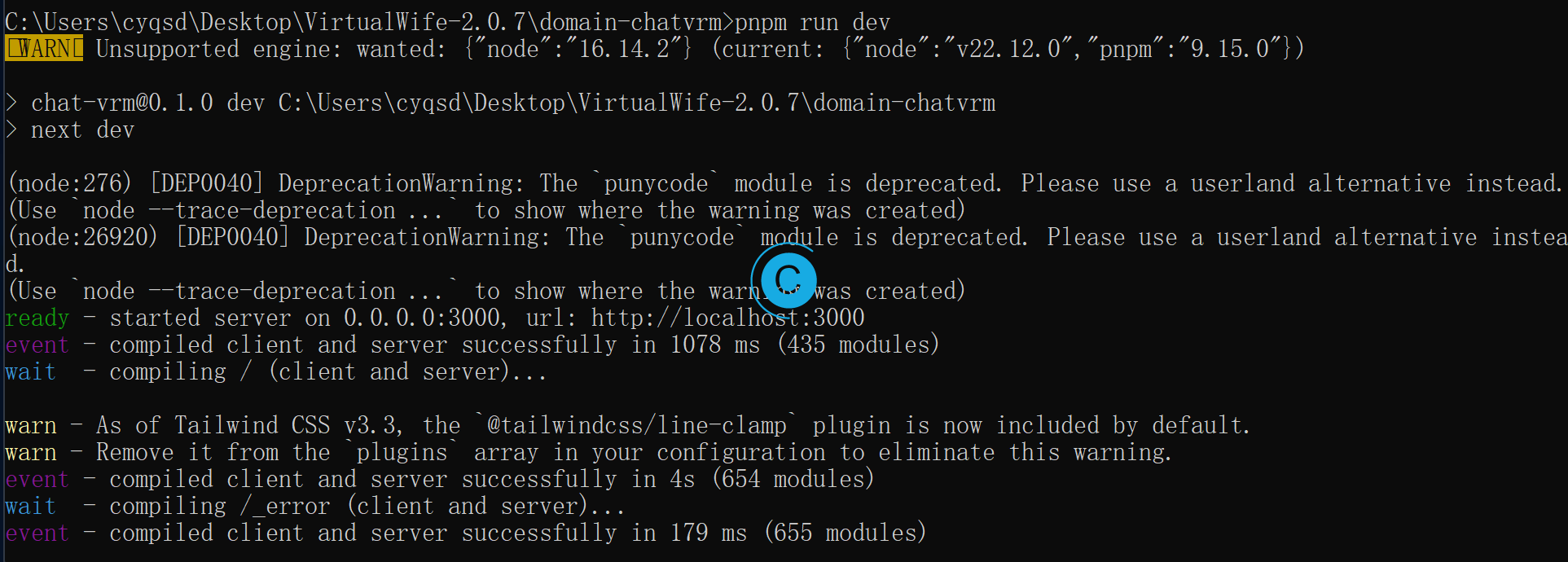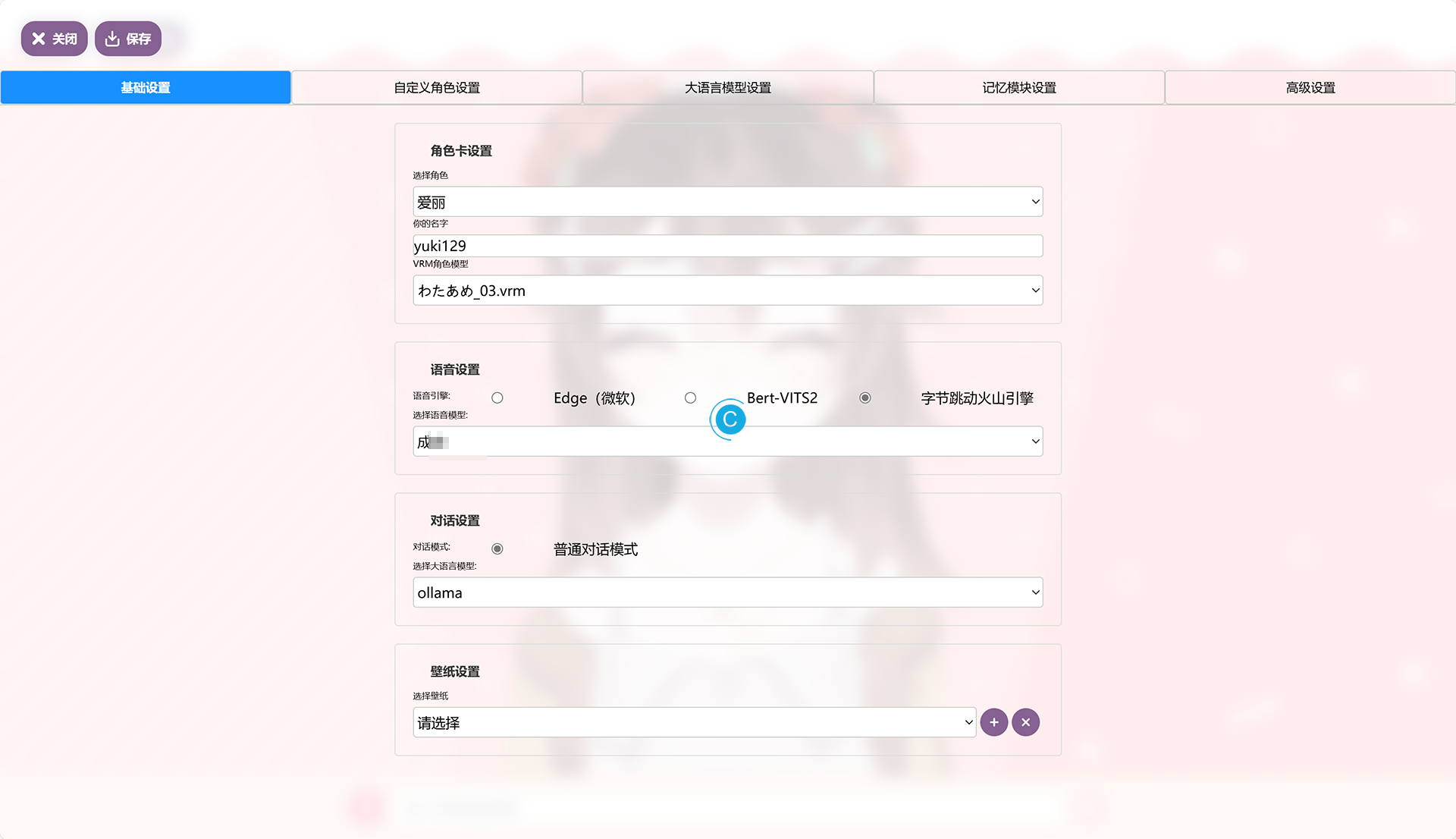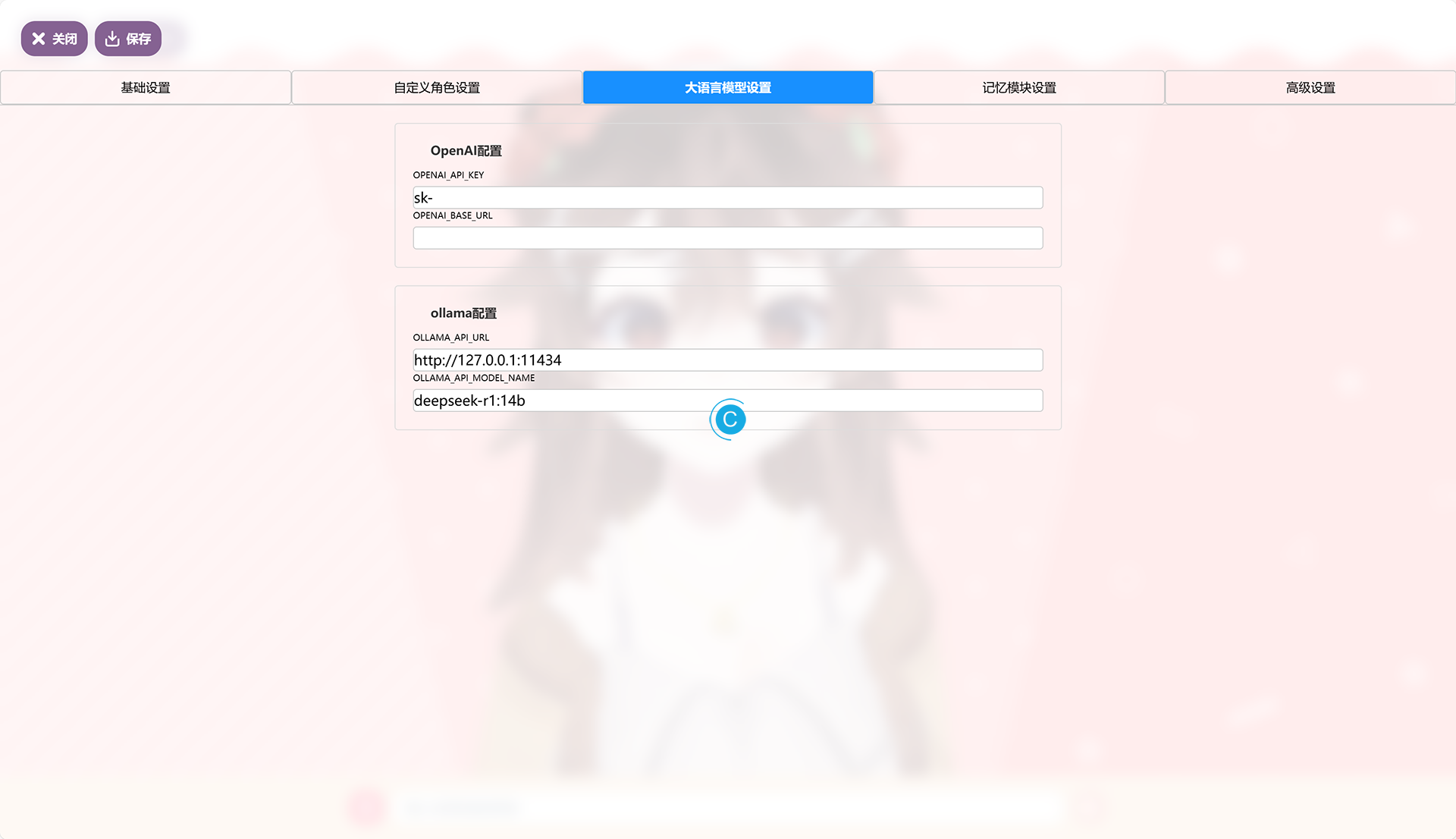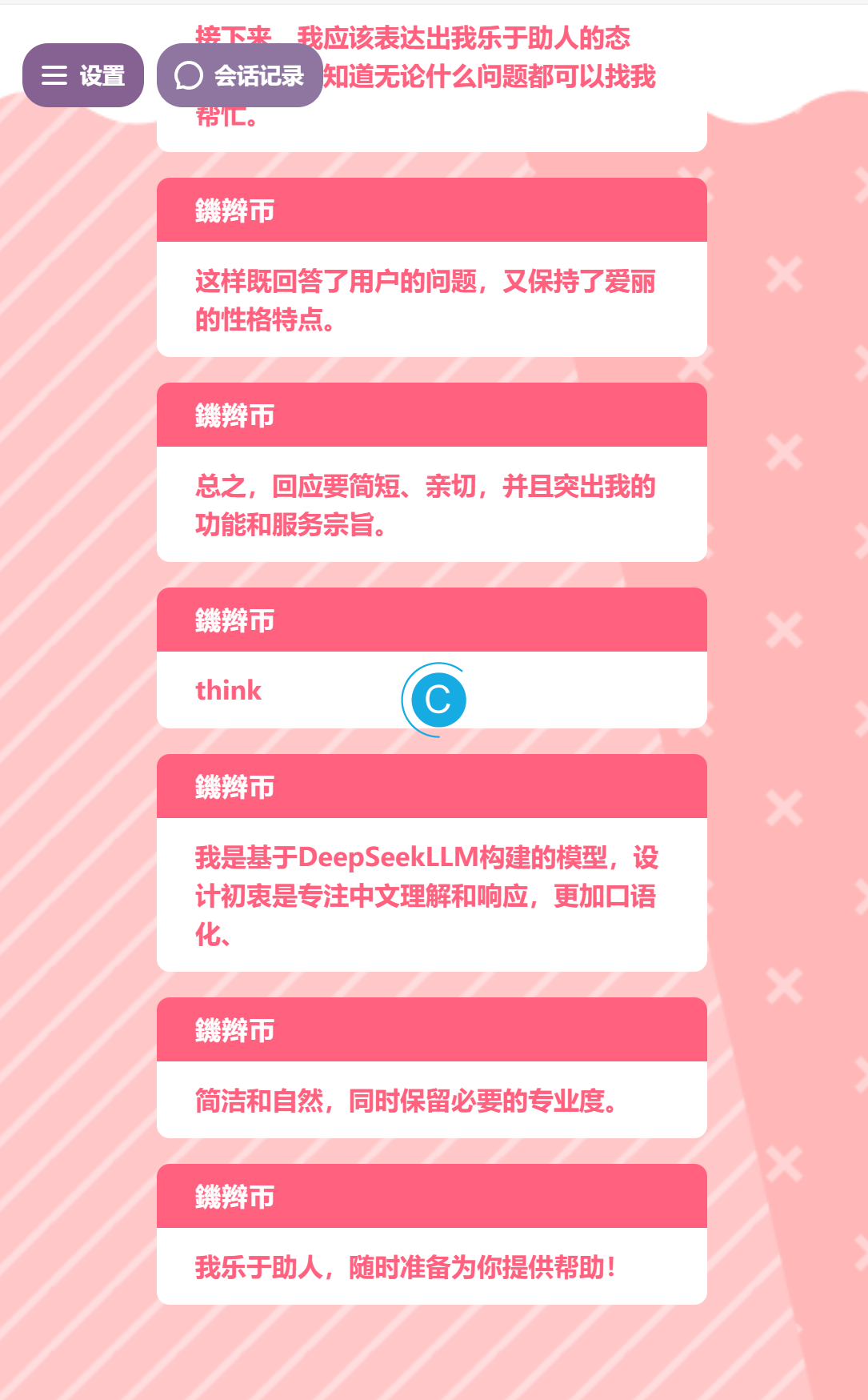VirtualWife增加火山引擎语音复刻
VirtualWife是一个开源的虚拟数字人项目。其中数字人生成的部分是基于ChatVRM的虚拟主播项目,语音是由多个TTS驱动,文字生成可以使用LLM。
yakami129/VirtualWife: VirtualWife是一个虚拟数字人项目,支持B站直播,支持openai、ollama
增加domain-chatbot/apps/speech/tts/bytedance_tts.py文件:
import json
import os
import base64
import requests
from ..utils.uuid_generator import generate
url = "https://openspeech.bytedance.com/api/v1/tts"
access_token = "Nxxx-WQfixxxxx-xxx"
headers = {
"Authorization": f"Bearer;{access_token}"
}
bytedance_tts_voices = [{
"id": "S_xxxxx",
"name": "xxx"
}]
class BytedanceTTSAPI:
def request(self, params: dict[str, str]) -> str:
# 合成语音
body = json.dumps(params, ensure_ascii=False).encode('utf-8')
response = requests.post(url, headers=headers, data=body, verify=False)
# 初始化文件夹
file_name = generate() + ".wav"
file_path = os.getcwd() + "/tmp/" + file_name
dirPath = os.path.dirname(file_path)
if not os.path.exists(dirPath):
os.makedirs(dirPath)
if not os.path.exists(file_path):
# 用open创建文件 兼容mac
open(file_path, 'a').close()
# 写入语音文件
with open(file_path, 'wb') as file:
# file.write(response.content)
data = json.loads(response.text)["data"]
file.write(base64.b64decode(data))
return file_name
class Bytedance:
client: BytedanceTTSAPI
def __init__(self):
self.client = BytedanceTTSAPI()
def synthesis(self, text: str, speaker: str) -> str:
params = {
# "data": [text, speaker, sdp_ratio, noise, noisew, 1, "ZH", False, 1, 0.2, None, "Happy", "", 0.7],
# "event_data": None,
# "fn_index": 0,
# "session_hash": str(uuid.uuid4())
"app": {
"appid": "xxxxx",
"token": "NxHV-xxx-xxx",
"cluster": "volcano_icl"
},
"user": {
"uid": "uid123"
},
"audio": {
"voice_type": "S_xxxxxx",
"encoding": "wav",
"speed_ratio": 1
},
"request": {
"reqid": "uuid",
"text": text,
"operation": "query"
}
}
return self.client.request(params=params)
def get_voices(self) -> list:
return bytedance_tts_voices
if __name__ == '__main__':
client = Bytedance()
client.synthesis(text="你好", speaker="流萤_ZH")
本质上就是HTTP请求生成语音即可。
domain-chatbot/apps/speech/tts/tts_driver.py中增加:
class BytedanceTTS(BaseTTS):
'''ByteDance 语音合成类'''
client: Bytedance
def __init__(self):
self.client = Bytedance()
def synthesis(self, text: str, voice_id: str, **kwargs) -> str:
return self.client.synthesis(text=text, speaker=voice_id)
def get_voices(self) -> list[dict[str, str]]:
return self.client.get_voices()





think标签可通过提示词进行隐藏。
因为最后火山引擎的声音复刻成本还是蛮高的,外加GPT-SoVITS的V2Pro确实效果好不少,所以就没有再捣鼓用这个方案了。
本作品采用 知识共享署名-相同方式共享 4.0 国际许可协议 进行许可。